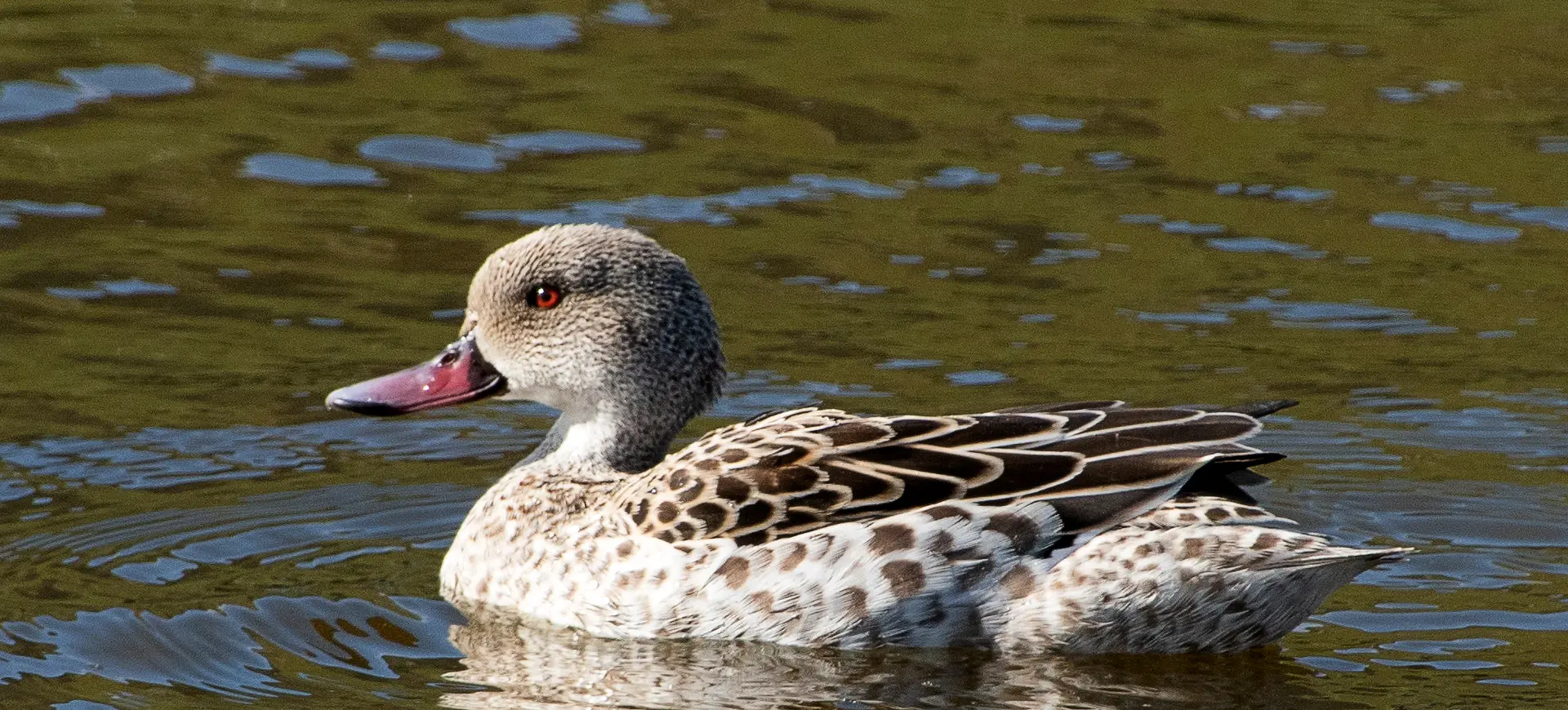Overview
The Greylag Goose (Anser anser) is a large, wild goose species native to Europe and Asia, recognized as the ancestor of most domesticated geese. They are characterized by their bulky body, long neck, and large head. The plumage is predominantly grey with paler underparts and a white belly. The bill and legs are pinkish, and there’s often an orange ring around their eyes.
Greylag Geese are known for their loud, honking calls and are often seen in flocks, especially during migration. They are adaptable birds in various wetland habitats, including marshes, lakes, and estuaries. These geese are also known for their strong family bonds and complex social structures.
They migrate southwards to warmer regions in winter, forming large, noisy flocks. Their migration is a notable spectacle as they travel in V-shaped formations across the sky.
Taxonomy
Kingdom
Phylum
Class
Order
Family
Genus
Species
Sub Species
Type
Physical Description:
Greylag Geese are large birds with a length of about 30 to 35 inches and a wingspan ranging from 59 to 71 inches. They have a robust body, a long neck, and a relatively large head with a stout, pinkish bill. The plumage is primarily grey, with lighter underparts and a noticeable white belly. The legs are also pinkish.
Their powerful wingbeats and large wing area are notable in flight, making them strong, enduring fliers. The white rump and underwing coverts are visible in flight, contrasting with their grey plumage.

Lifespan: Wild: ~20 Years || Captivity: ~25 Years

Weight: Male & Female: 5.5 - 8.8 lbs (2.5 - 4 kg)

Length: Male & Female: 30 - 35 in (76 - 89 cm)

Wingspan: Male & Female: 59 - 71 in (150 - 180 cm)
Characteristic:
Native Habitat:
The native habitat of Greylag Geese includes a wide range of wetlands, such as lakes, marshes, rivers, and estuaries. They also frequent grasslands and agricultural fields, especially during migration and in wintering areas.
These geese prefer habitats that offer a combination of open water for feeding and roosting and adjacent grasslands for grazing. Their adaptability to different environments has helped them thrive in varied landscapes across their range.
Biomes:
Biogeographical Realms:
Countries:
Diet:
Diet & Feeding Habits:
Greylag Geese are primarily herbivores, feeding on grasses, roots, leaves, and stems of various plants. They also consume grains, particularly during the winter when they visit agricultural fields. They may feed on water plants and small aquatic animals in aquatic environments.
Their foraging behavior often involves grazing on land, but they can also be seen dabbling in shallow water. They are known for their ability to exploit different food sources, adapting their diet to the available resources in their habitat.
Mating Behavior:
Mating Description:
Greylag Geese form monogamous pair bonds that often last for several years. They are known for their strong pair bonding and family cohesion. Courtship behavior includes mutual preening, head-bobbing, and loud, synchronized calling.
Nesting usually occurs in dense vegetation near water. The female lays 4 to 6 eggs, which she incubates for about 27 to 28 days. Both parents raise the goslings, leading them to feeding areas and protecting them from predators.
Reproduction Season:
Birth Type:
Pregnancy Duration:
Female Name:
Male Name:
Baby Name:
Social Structure Description:
Greylag Geese exhibits a complex social structure characterized by strong family bonds and group cohesion. They form large flocks during migration and wintering areas, facilitating social interactions and foraging efficiency.
During the breeding season, their social behavior shifts to a more territorial nature, with pairs establishing nesting territories. Understanding their social dynamics is important for understanding their behavior and developing effective conservation strategies.
Groups:
Conservation Status:
Population Trend:
Greylag Geese are social birds, often found in flocks, especially during migration and wintering areas. Their flocks can be large and noisy, particularly in popular feeding and roosting sites.
The availability of suitable habitats and food resources influences population density. Greylag Geese are adaptable to various wetland environments, which helps maintain stable populations in their range.
Population Threats:
The main threats to Greylag Geese include habitat loss and degradation, particularly in wetland areas. Pollution, disturbance from human activities, and changes in agricultural practices can impact their populations. In some areas, hunting and egg collection are additional threats.
Climate change poses a potential long-term threat to their habitats, affecting water availability and food resources. Conservation efforts must address these challenges to ensure the stability of their populations.
Conservation Efforts:
Conservation efforts for Greylag Geese focus on protecting and managing wetland habitats. Initiatives such as wetland restoration, pollution control, and sustainable land-use practices are key to preserving their habitats.
Research and monitoring programs help in understanding their ecology and population dynamics. Efforts to regulate hunting and mitigate human disturbances are also important for conserving this species.
Additional Resources:
Fun Facts
- Greylag Geese are the ancestors of most domestic geese breeds.
- They have a variety of vocalizations used for communication within flocks.
- Greylag Geese are known for their V-shaped flying formations during migration.
- They play an important role in wetland ecosystems as grazers.
- These geese have strong parental instincts and are protective of their goslings.
- Greylag Geese are symbols of loyalty and fidelity in some cultures due to their strong pair bonds.
- They can adapt to various habitats, including urban areas near water bodies.
- Greylag Geese are often studied for their migratory behaviors and social structures.
- Their migration journeys are among the most impressive spectacles in the bird world.
- Greylag Geese have been featured in literature and folklore throughout history.
















































































